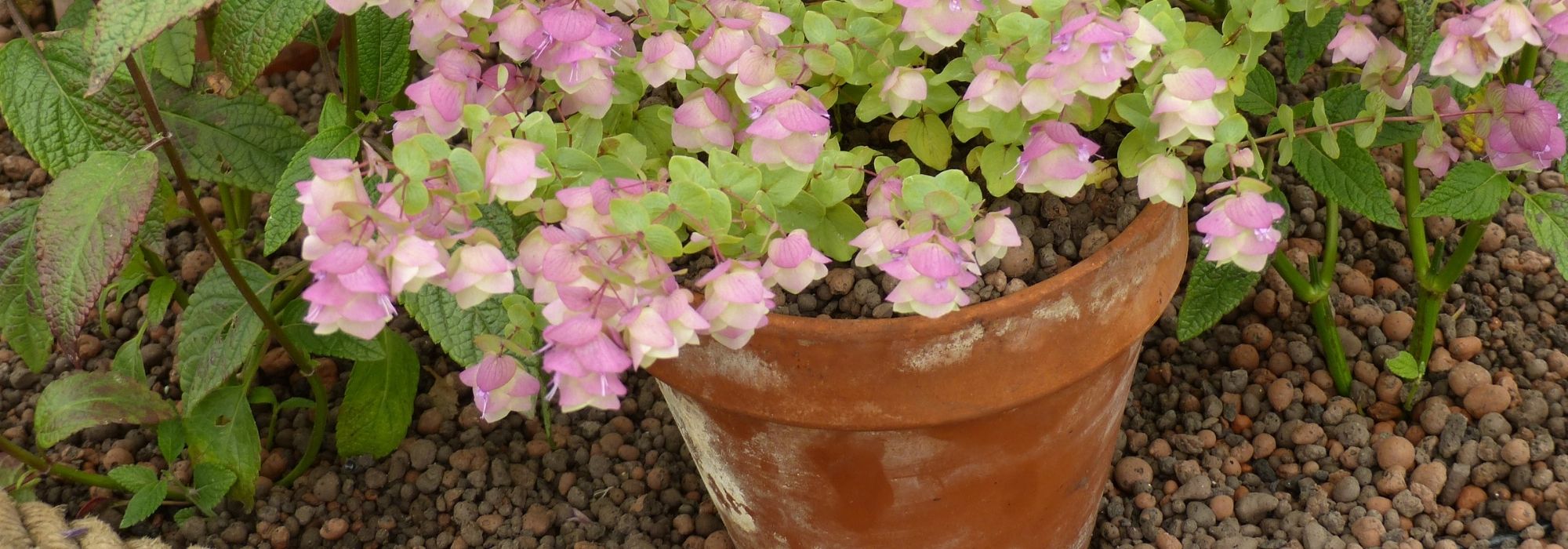
7 perennials to grow in pots on a south-facing balcony
to enchant your outdoor space
Contents
To enhance a south-facing balcony, it is important to choose outdoor potted plants that thrive in the sun and are resistant to drought and heat. Additionally, consider the walls and railings that reflect heat. In this situation, succulent plants are, for example, perfectly suited and easy to grow in pots: low water requirements, no maintenance, and good resistance to diseases. However, these tender plants in pots should be brought indoors during harsh winter climates. Abundant flowering, with bright colours or unique shapes, small-sized plants for containers, hardy perennials, aromatic plants, graphically styled cacti, blue foliage… The advantages of these perennial plants for containers are numerous!
We offer you a selection of perennials that will thrive in pots on a full south-facing balcony.
Delosperma ‘Wheels of Wonder Hot Pink’
Also known as perennial purslane or Delosperma ficoides, Delosperma ‘Wheels of Wonder Hot Pink’ is a burst of cheerfulness! Its flowers, larger than the typical species, are made up of fine petals in a fuchsia pink colour with a yellow centre! These super flashy flowers bloom continuously from June to October. Its fleshy leaves, which serve as water reserves, form a low tuft about 15 cm high and spread out like ground cover. This long-lived succulent tolerates drought very well, making it comfortable in very sunny and warm locations, where it will flower abundantly. Plant it in a light, well-drained substrate, that is, sandy and stony, ensuring a layer of clay pebbles at the bottom of the pot. This potted perennial is easy to maintain; simply remove the faded flowers and water it once a week.
To liven up your balcony, create a colourful, low-maintenance pot by mixing Delosperma ‘Wheels of Wonder Hot Pink’ with wall campanulas, dianthus, Stachys byzantina with silver foliage, and helianthemums. Or simply mix it with other varieties of Delosperma from the Wheels of Wonder series: Fire, Golden, Orange, White, and Violet.
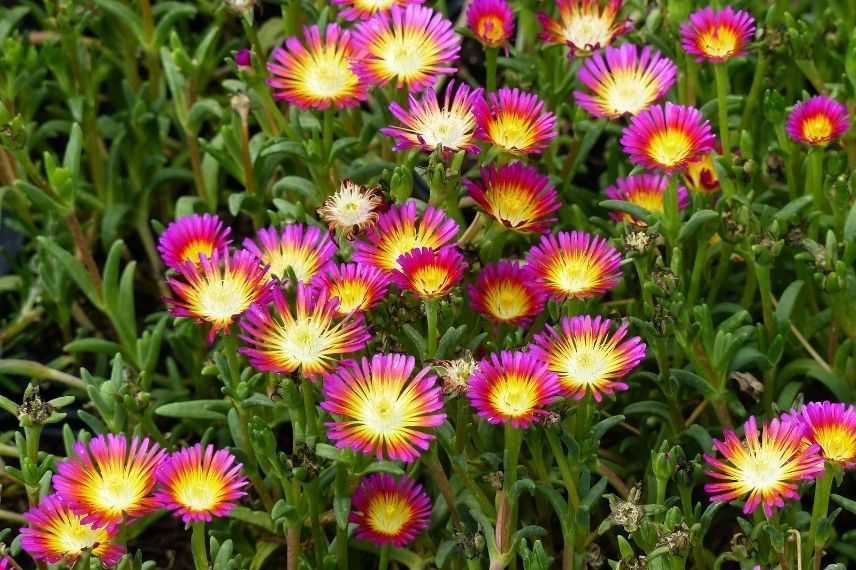
⇒ All our species and varieties of Delospermas in our online nursery.
⇒ Our tips for planting, growing, and maintaining Delospermas.
Read also
10 dwarf fruit trees to grow in potsAloe aristata
The Aloe aristata is the hardiest species of the Aloe genus: it withstands temperatures as low as -10°C! This succulent plant, with thick, dentate, pointed leaves arranged in rosettes, is very graphic. This dwarf species, green with white spots, grows close to the ground and reaches only 15 cm in height with a diameter of about 30 cm at ripeness. A small size suitable for planting in containers. Additionally, it produces a lovely, highly nectariferous flowering on coral-pink spike-like flower stems. Aloe aristata is an easy-to-grow perennial succulent for full sun or partial shade. A wide pot is necessary for it to multiply in light, poor, but very well-draining soil, meaning sandy and gravelly. Water occasionally in summer, ensuring the soil is well dry between waterings.
Create a Mediterranean balcony with beautiful terracotta pots by pairing Aloe aristata with small Agaves, Oenothera speciosa ‘Siskiyou’, Echeverias, and Cordylines.
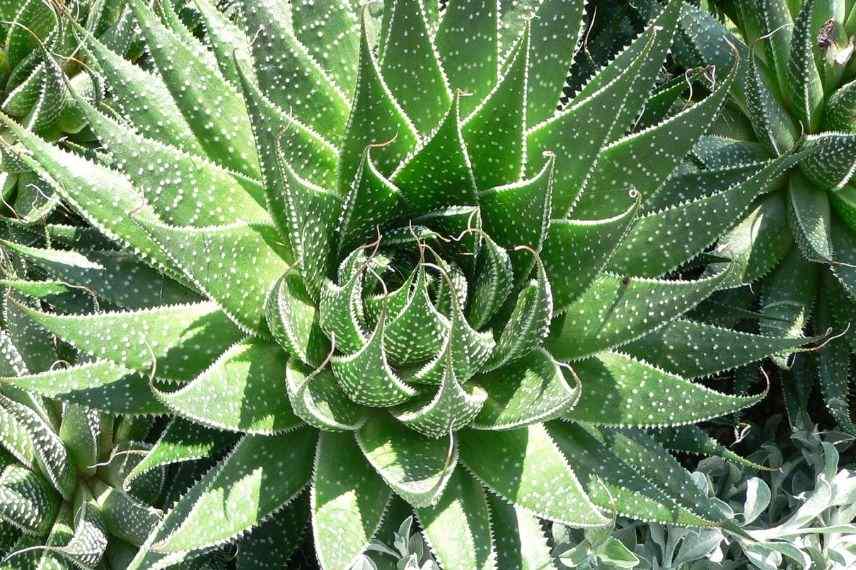
⇒ Different varieties of Aloes are available online on our site.
⇒ Planting, growing, and caring for Aloes: all the tips in our dedicated sheet.
Discover other Container perennials
View all →Available in 0 sizes
Available in 1 sizes
Available in 1 sizes
Available in 1 sizes
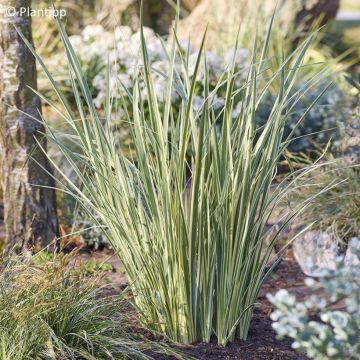
Available in 1 sizes
Available in 1 sizes
Available in 1 sizes
Available in 1 sizes
Available in 2 sizes
Available in 1 sizes
Osteospermum ‘Flower Power Spider Purple’
The African Daisy, or Cape Daisy, is a perennial plant that is not very hardy, which is why it is grown as an annual plant on balconies in colder regions. Unlike other varieties of Osteospermum that have flowers resembling Daisies, the ‘Flower Power Spider Purple’ variety has strangely shaped flowers. And that’s what makes it so charming! Indeed, its bright violet flowers are highly dissected and spatulate, providing a long colourful display that lasts from May to October! This new generation of Osteospermum, with its ramified and compact habit, is perfectly suited for pot cultivation. Place your pot of Osteospermum ecklonis ‘Flower Power Spider Purple’ in full sun. Easy to grow, plant it in ordinary to poor, well-drained, sandy soil. Provide regular watering during the hot season and remove faded flowers to prolong its unique flowering.
Highlight the flowers of Osteospermum ‘Flower Power Spider Purple’ by pairing it with Nepetas, Lantanas, Shrubby Salvias, and Erigeron karvinskianus.
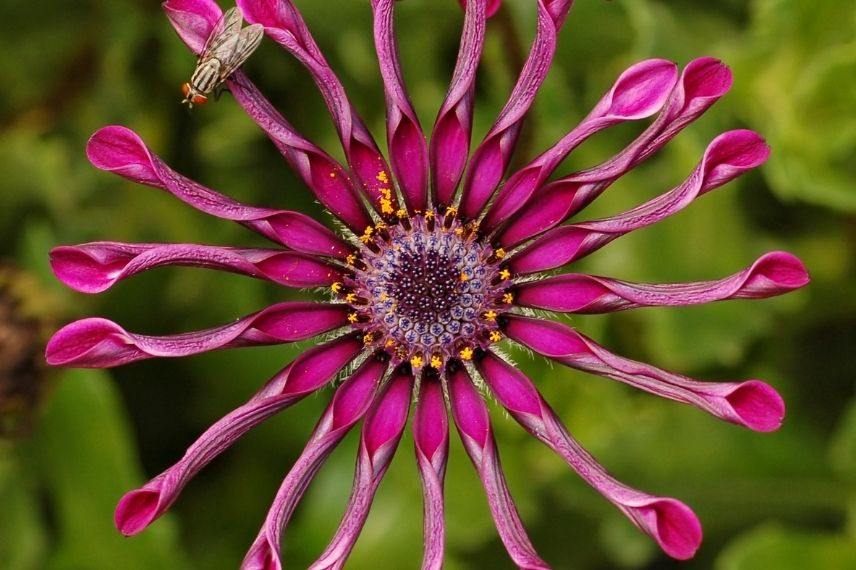
⇒ Discover our range of Osteospermums!
⇒ Everything you need to know about planting, growing, and maintaining Osteospermums.
Origanum rotundifolium 'Kent Beauty'
From July to October, the Oregano ‘Kent Beauty’ produces charming and abundant bracts that change colour from cream green to pink. These inflorescences, reminiscent of hop flowers, conceal small mauve flowers. Also known as Marjoram, Origanum rotundifolium ‘Kent Beauty’ is an aromatic plant that enchants us with a pleasant fragrance when its grey-blue rounded leaves are crushed, harvested and used as a culinary herb. Position this outdoor plant in a pot, in full sun, in well-draining and rather poor soil. Its water needs are low, and maintenance is easy: remove faded flowers to encourage further flowering and cut back dry stems in spring.
Pair this Oregano with other potted aromatic plants: Lemon Balm, Sage, Coriander, Rosemary, Parsley… the options are plentiful. To highlight its trailing habit and very decorative flowers, nothing is simpler than pairing it with a Gypsophila for a very airy effect or with Stipa tenuifolia for its light foliage.
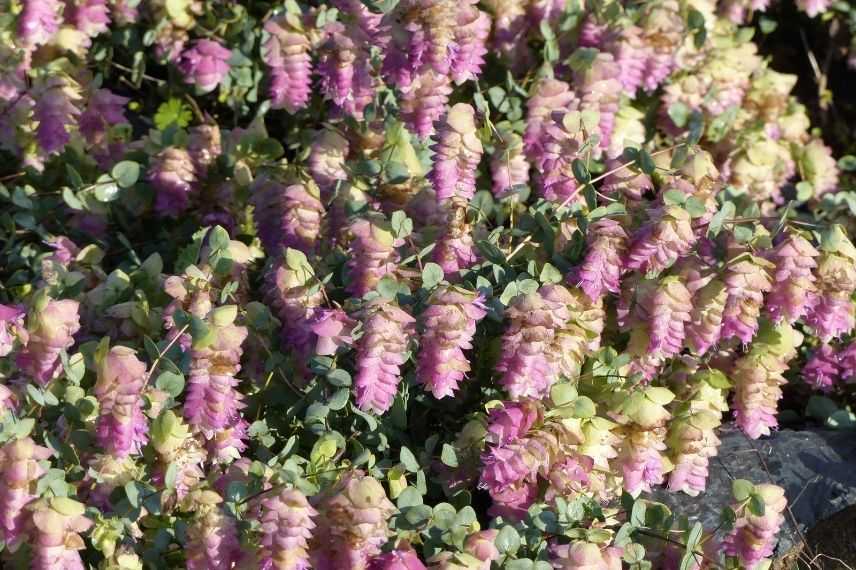
⇒ Discover other varieties of Oreganos in our range.
⇒ Everything you need to know about planting, growing, and maintaining Oregano!
Opuntia microdasys
This well-known cactus, native to Mexico, belongs to the family of Prickly Pears. Opuntia microdasys consists of numerous flattened, ovate branches, known as prickly pears, that emerge from the trunk. These prickly pears are punctuated with tufts of small hairs called glochidia. Keep your Opuntia out of reach of children, as the hairs are irritating. Small for a prickly pear, reaching 60 cm in height and 80 cm in width at maturity, it is therefore well-suited for pot planting on a balcony. This succulent plant stores water in its prickly pears to withstand drought. Unfortunately, its flowering is rare, as it requires the development of 3 to 4 prickly pears in height to bloom. The Opuntia needs full sun exposure and dry, arid soil. When planting in a pot, mix potting soil, sand, and small gravel to ensure good drainage. There are also potting soils specially designed for cacti that are ready to use. In winter, you should place your prickly pear in a greenhouse or conservatory, protected from frost, ensuring that the temperature does not drop below 5°C. Also known as Bunny Ear, this cactus propagates very easily.
An outdoor potted plant that requires no maintenance, Opuntias are perfect for creating a ‘dry garden’ on your balcony with pots of Sedums, Houseleeks, Aloes, Phormiums, and Yuccas.
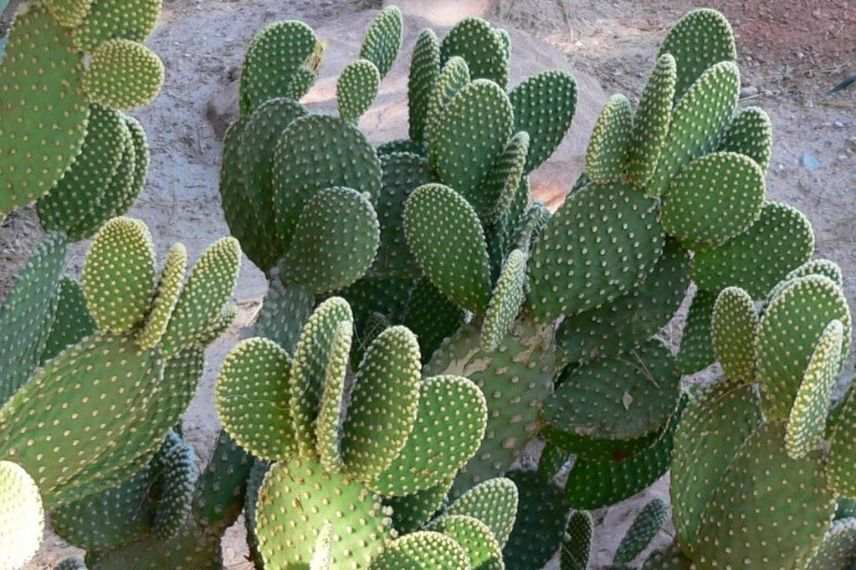
(Photo Wikipedia)
⇒ We offer several other varieties of Opuntias in our nursery.
⇒ The best practices for planting, growing, and caring for Opuntias can be found in our guide.
Senecio mandraliscae
Little known, this shrubby perennial has everything to please. Its evergreen blue-silver foliage is very decorative. In fact, a fine white film covers its slender leaves, helping it to better withstand heat and drought, giving it that bluish appearance. However, the white flowers that appear on upright flower stems are quite discreet. Easy to cultivate, install the Senecio mandraliscae in well-drained soil, in a large pot to allow enough space: it can reach one metre in height and spread over two metres wide. Place its pot in full sun exposure. Plant it in a light substrate with a layer of clay balls for drainage at the bottom of the pot. This frost-sensitive Senecio can be grown in the ground, but only along the Mediterranean coast. Indeed, Senecio talinoides subsp. mandraliscae cannot tolerate frosts below -5°C, so protect it from the cold in winter by placing it in a bright, unheated room and reduce watering.
The blue foliage of Senecio mandraliscae pairs very well with Agaves, Echeverias, Tree Portulacaria, and Kalanchoe beharensis ‘Subnuda’.
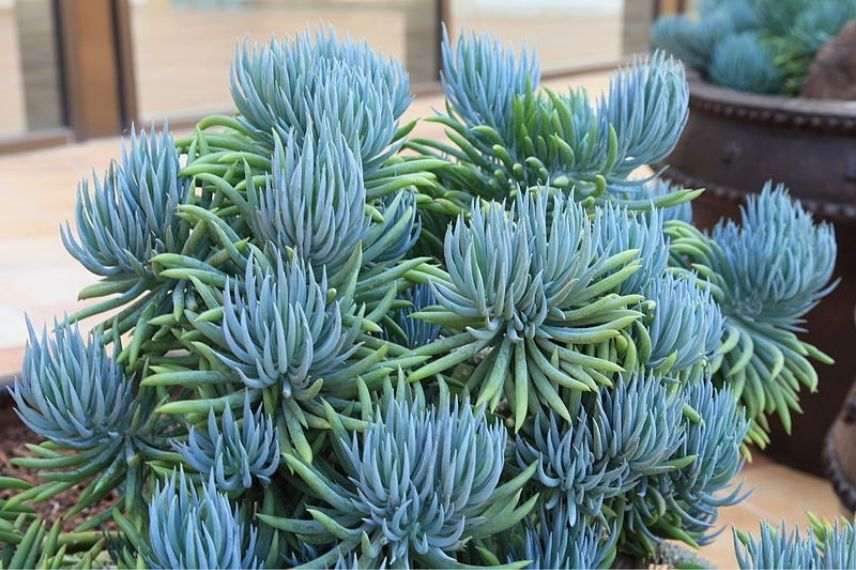
(Photo Wikipedia)
Wooly Thyme
This ornamental thyme is valued for its tiny aromatic grey-green leaves. It is called Wooly Thyme because it is heavily pubescent, giving it a silky and fluffy appearance. The summer flowering of Thymus praecox ‘Pseudolanuginosus’ is sparse. Indeed, from May to July, the pink flowers are few and scattered, but are still highly appreciated by bees. This hardy variety can withstand temperatures down to -15°C and has low water requirements, making it an ideal plant for containers. This very low ground cover will not exceed 10 cm in height at maturity; however, it spreads easily to form a very compact mat. This perennial in a pot will thrive in full sun in a warm location, in soil that is not too rich, well-drained, and even dry once its roots are well developed.
Plant Wooly Thyme in containers alongside other aromatic plants such as Helichrysum, Thyme, Mint, Oregano, and Chives.
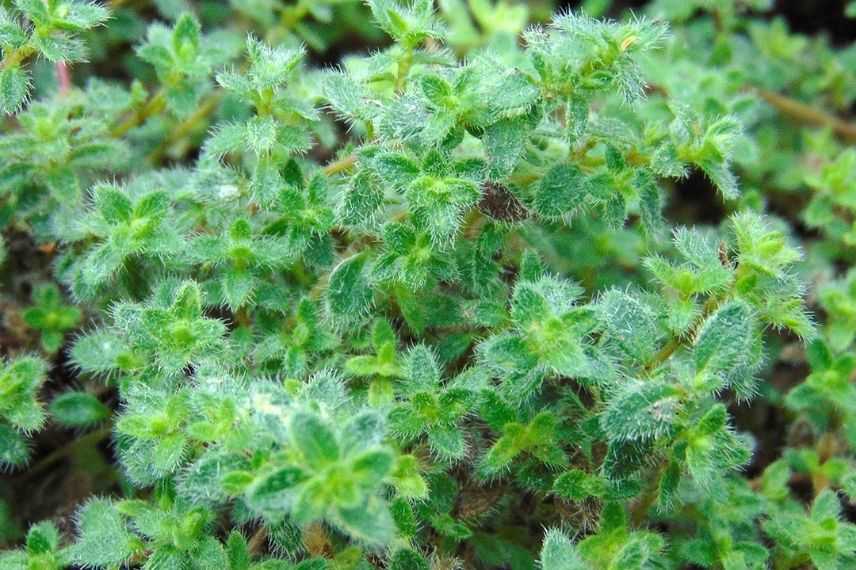
⇒ A large selection of Thymes awaits you on our site.
⇒ Discover how to plant, prune, and care for Thyme and grow Thyme in a pot.
- Subscribe!
- Contents
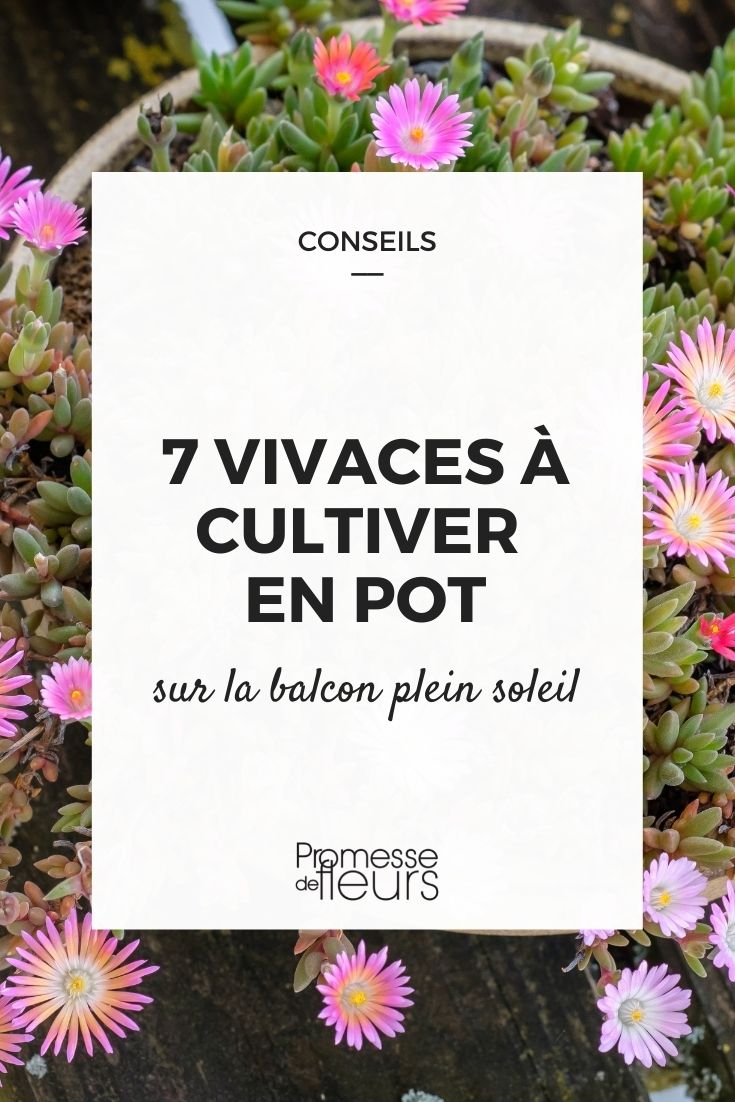































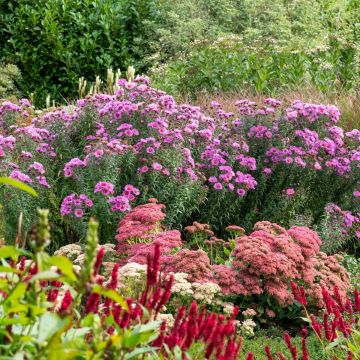
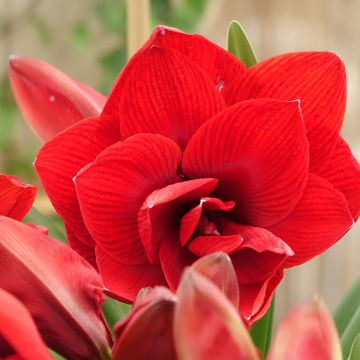


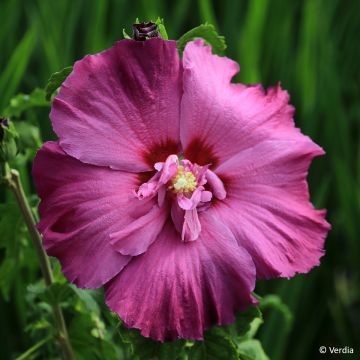
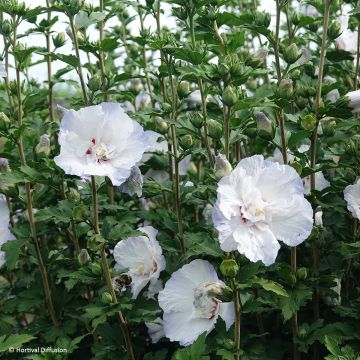
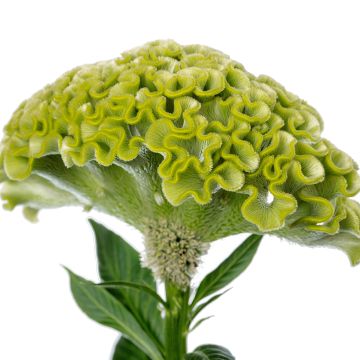
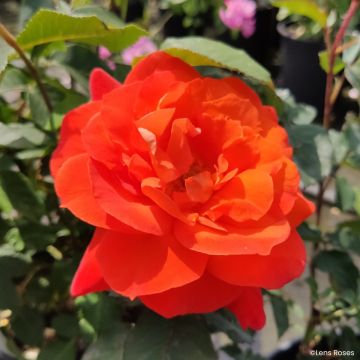
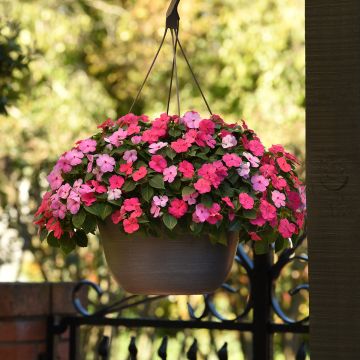
Comments